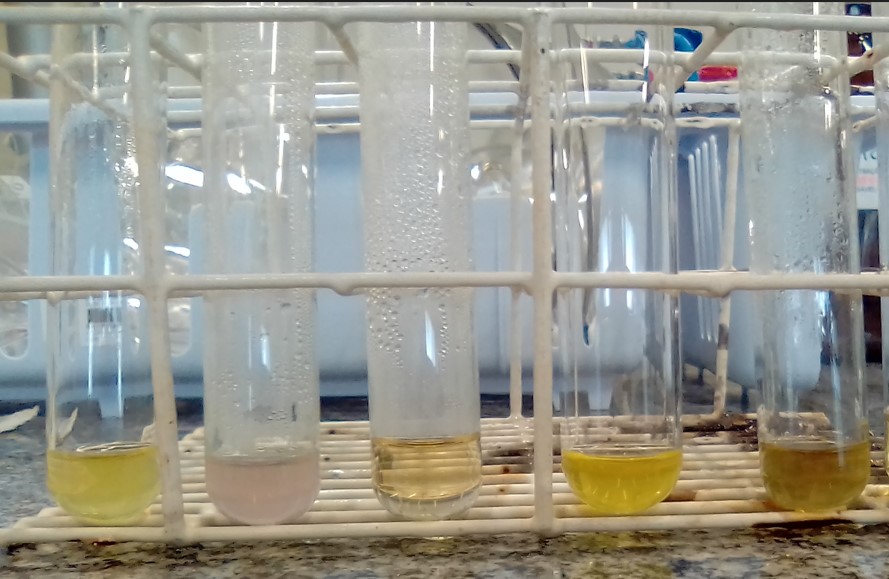Phytochemical evaluation and biological activities of the exocarp extract from the fruit of Protium spruceanum
DOI:
https://doi.org/10.20873/jbb.uft.cemaf.v10n1.menezesKeywords:
Protium, protective activity, antifungal activity, antibacterial activityAbstract
Protium spruceanum known as “breu branco” is a medicinal plant species. The aim of this study was to evaluate the hydroethanolic extract of the exocarp of the mature fruit of Protium spruceanum regarding its phytochemical groups and biological activities. The fruits were collected and the extract produced by static maceration in a 70% hydroethanol solution. The analyzes carried out were for organoleptic, physicochemical, regarding the yield of the extract obtained, relative density, pH, refractive index and optical rotation, and for biological assays, the extract was tested for photoprotection activity in UV-Vis, antifungal activity on Candida and antibacterial on Staphylococcus, Salmonella and Escherichia by disk assay (mm). The extract was light brown and aromatic. Qualitative phytochemical screening revealed the presence of organic acids, reducing sugars, phenols, purines, catechins and double olefins. The yield was 16.99%, relative density 0.965 g mL-1, pH 5.26, refractive index 1.3987 nD and optical rotation -99.8°. In photoprotection activity, the extract exhibited activity at UVC wavelength. In the antifungal activity, potential inhibition was obtained for C. guilliermondii and C. tropicalis and for antibacterial inhibition for strains of S. aureus, E. coli, and S. serovar Enteritidis. The exocarp extract of the ripe fruit of Protium spruceanum showed a potential biological effect.

Downloads
Published
How to Cite
Issue
Section
License
Copyright (c) 2024 - Journal of Biotechnology and Biodiversity

This work is licensed under a Creative Commons Attribution 4.0 International License.
Authors who publish with this journal agree to the following terms:
Authors retain copyright and grant the journal right of first publication with the work simultaneously licensed under a Creative Commons Attribution License (CC BY 4.0 at http://creativecommons.org/licenses/by/4.0/) that allows others to share the work with an acknowledgement of the work's authorship and initial publication in this journal.
Authors are able to enter into separate, additional contractual arrangements for the non-exclusive distribution of the journal's published version of the work (e.g., post it to an institutional repository or publish it in a book), with an acknowledgement of its initial publication in this journal.
Authors are permitted and encouraged to post their work online (e.g. in institutional repositories or on their website) prior to and during the submission process, as it can lead to productive exchanges, as well as earlier and greater citation of published work (Available at The Effect of Open Access, at http://opcit.eprints.org/oacitation-biblio.html).


